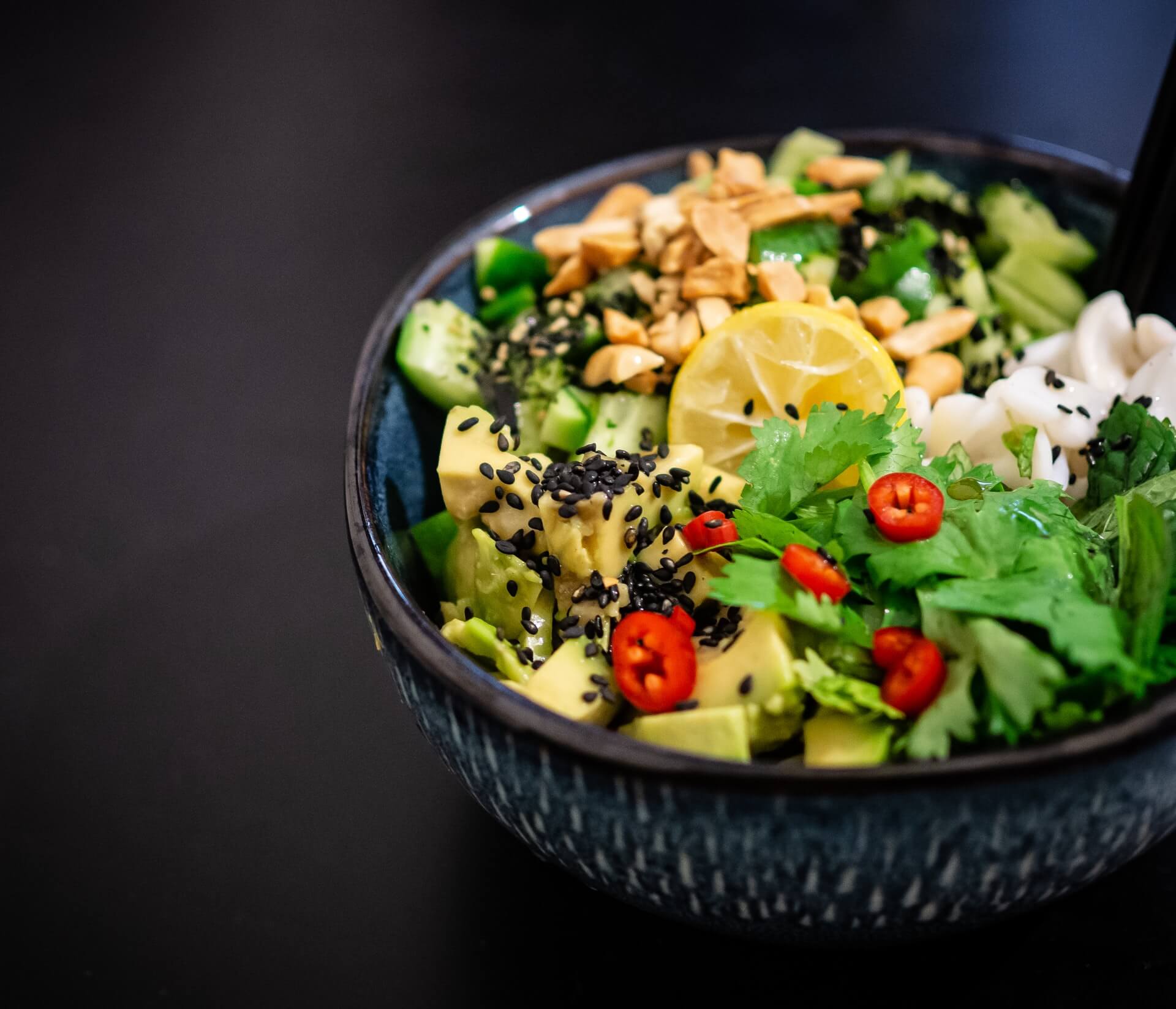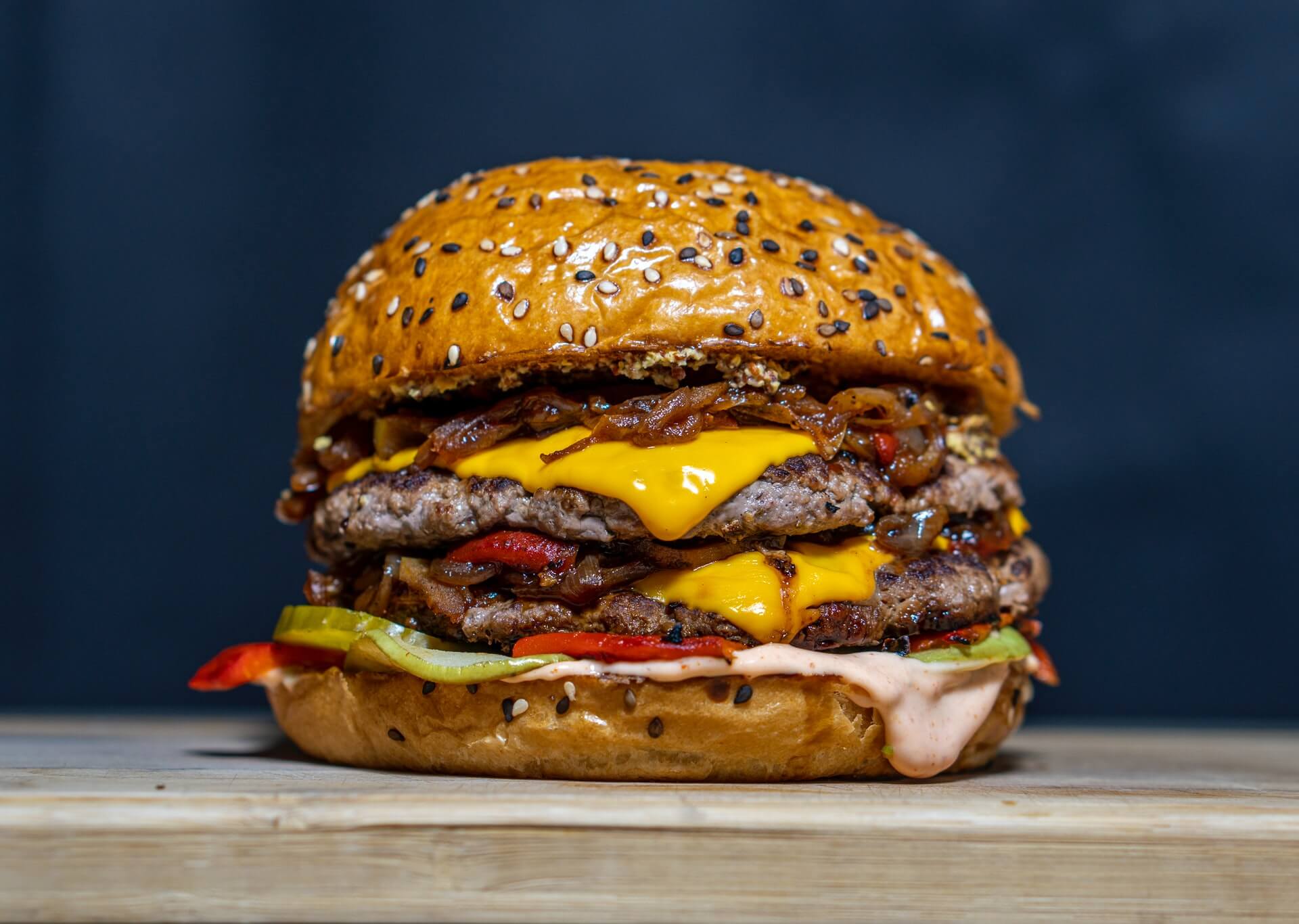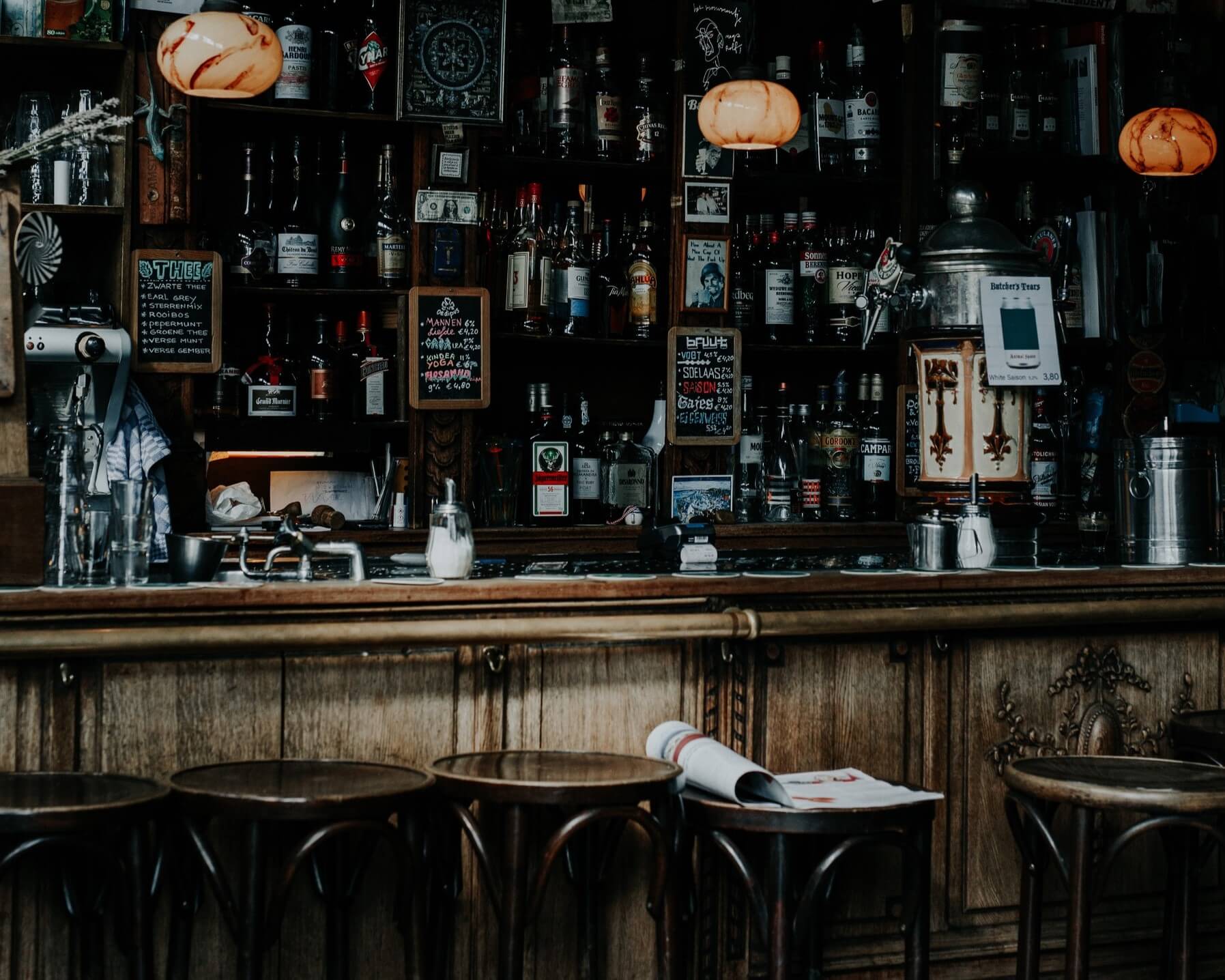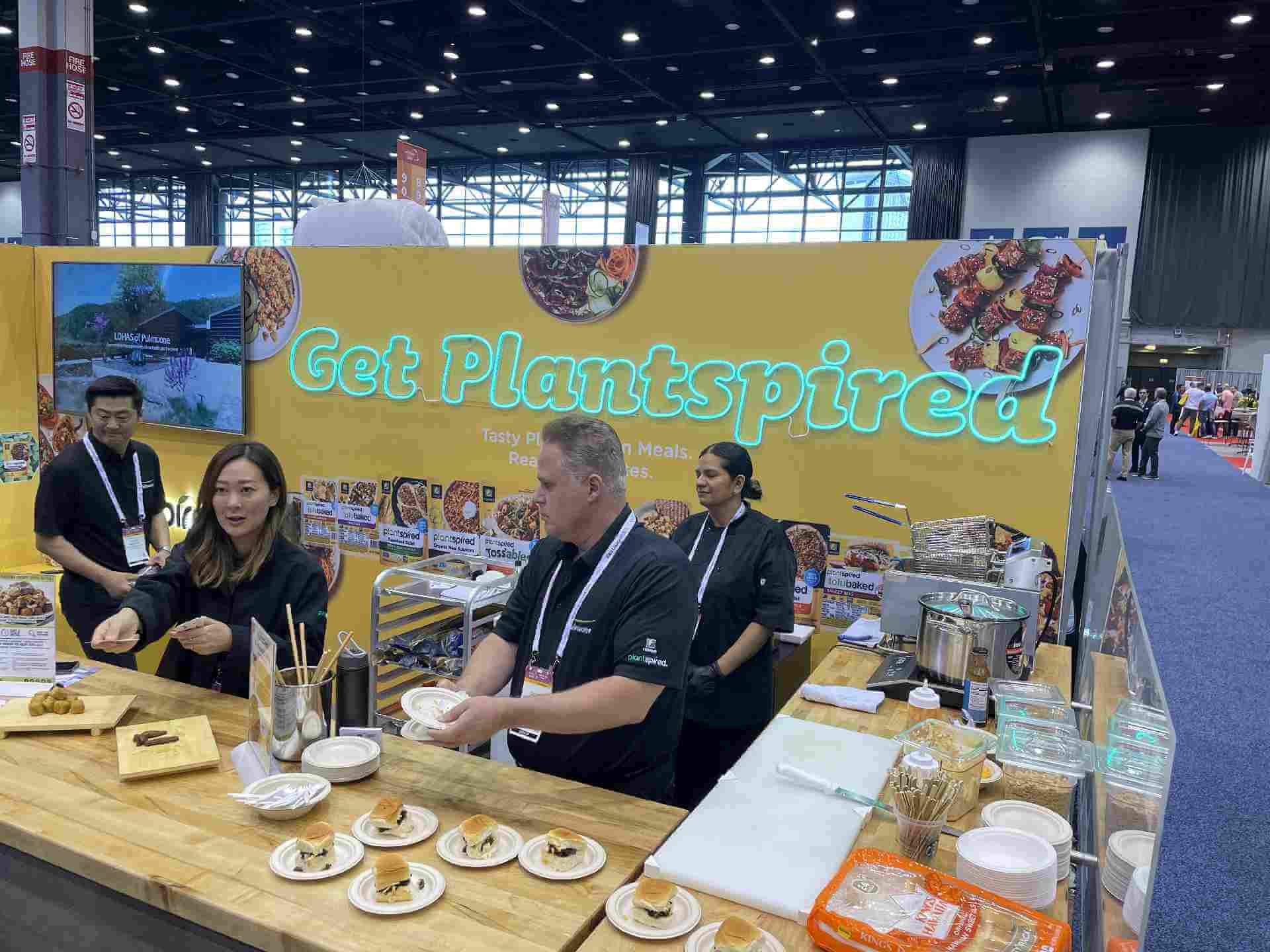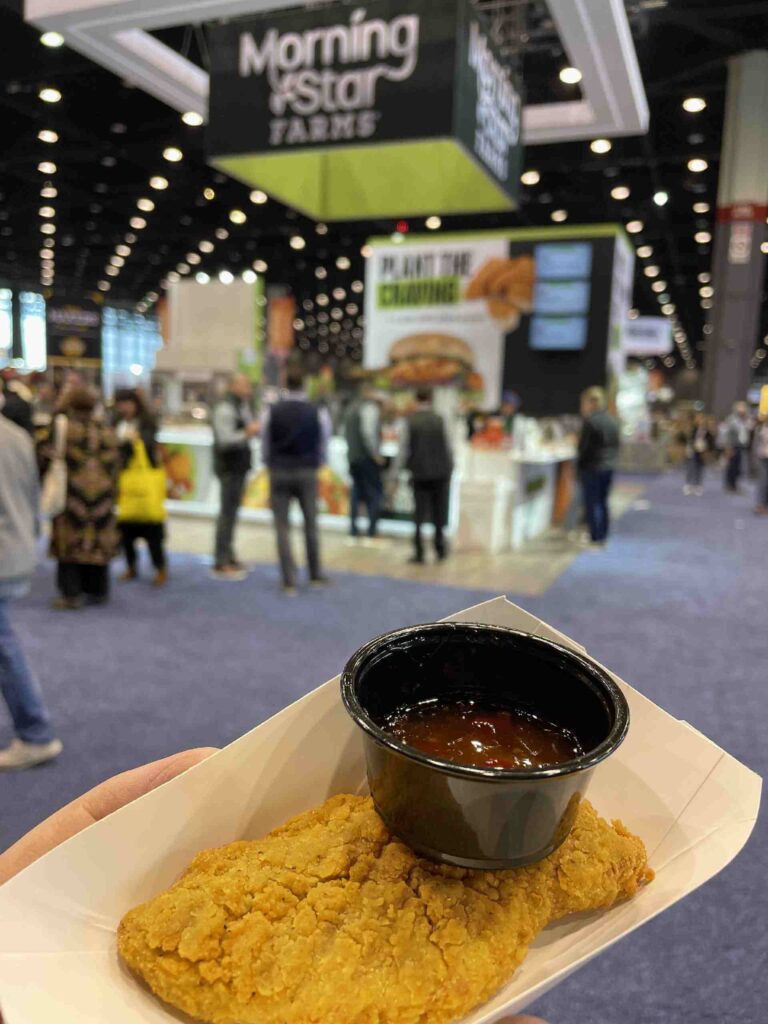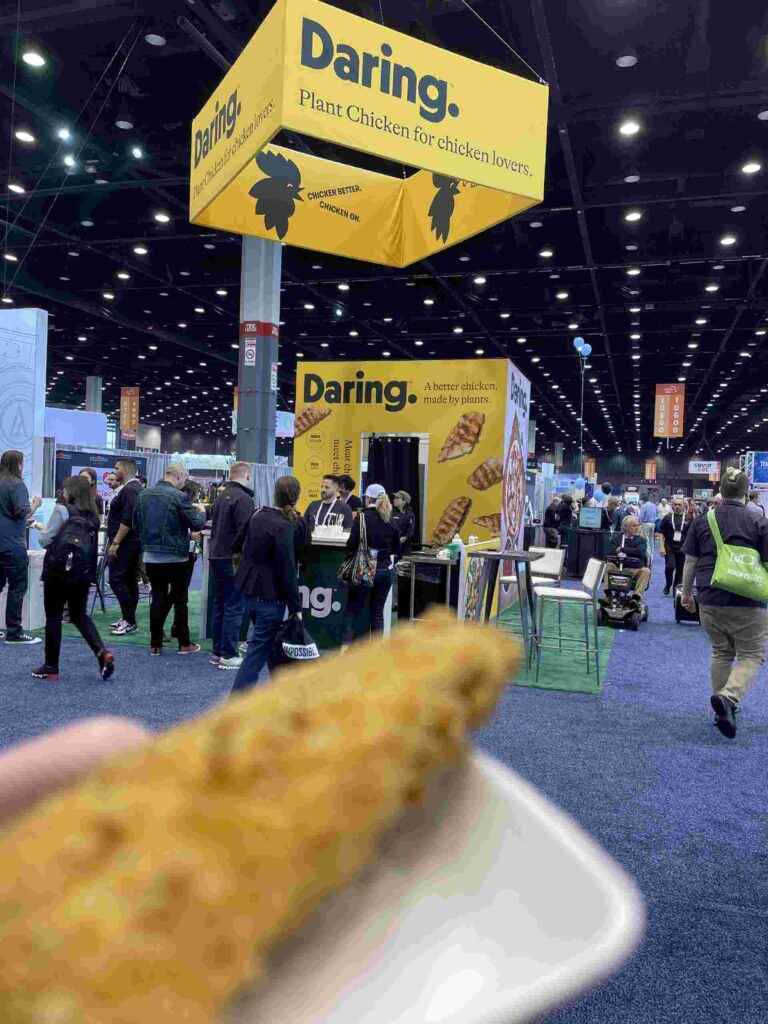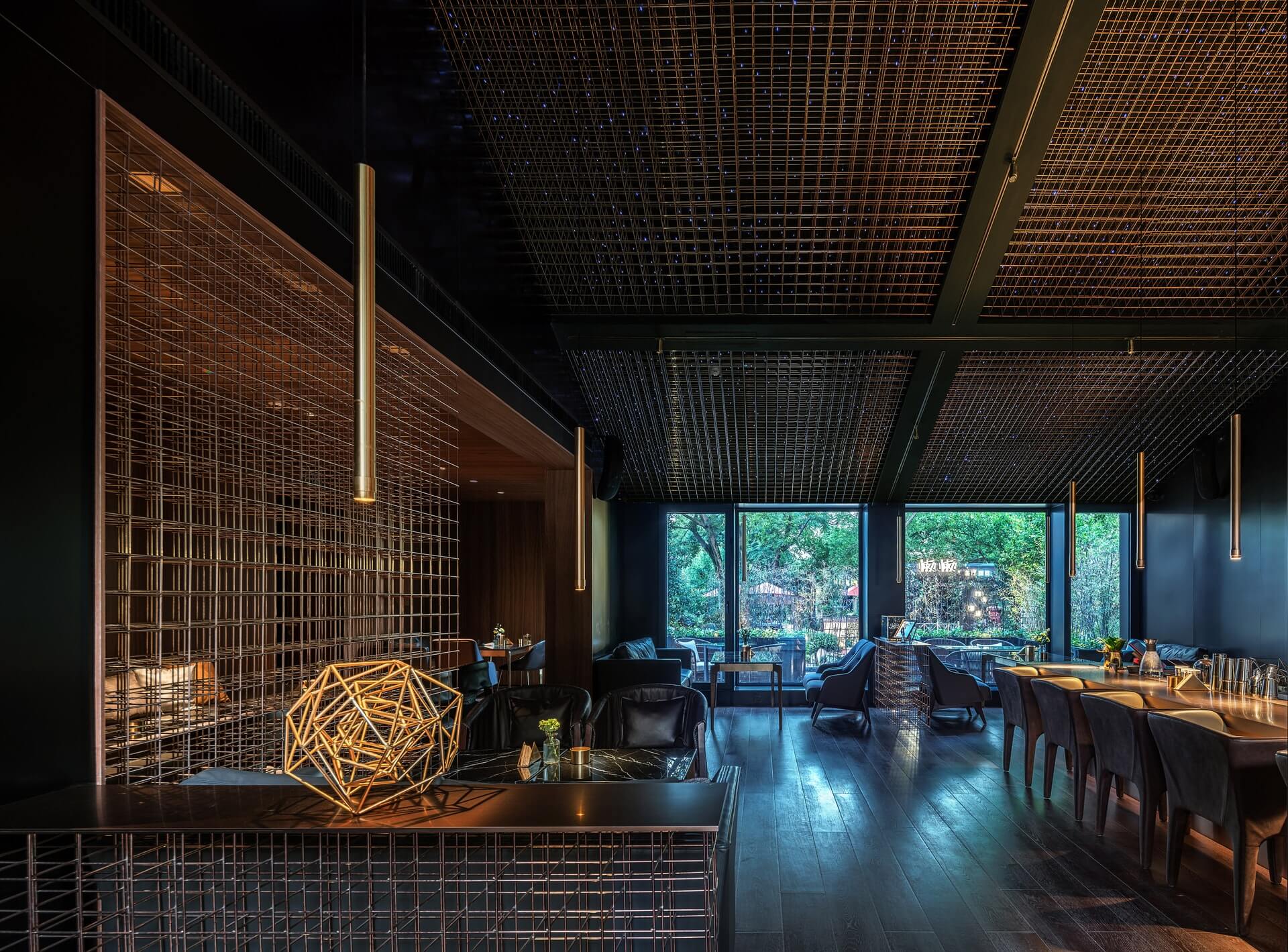’22 World’s 50 Best Restaurants: 51-100
by David Klemt
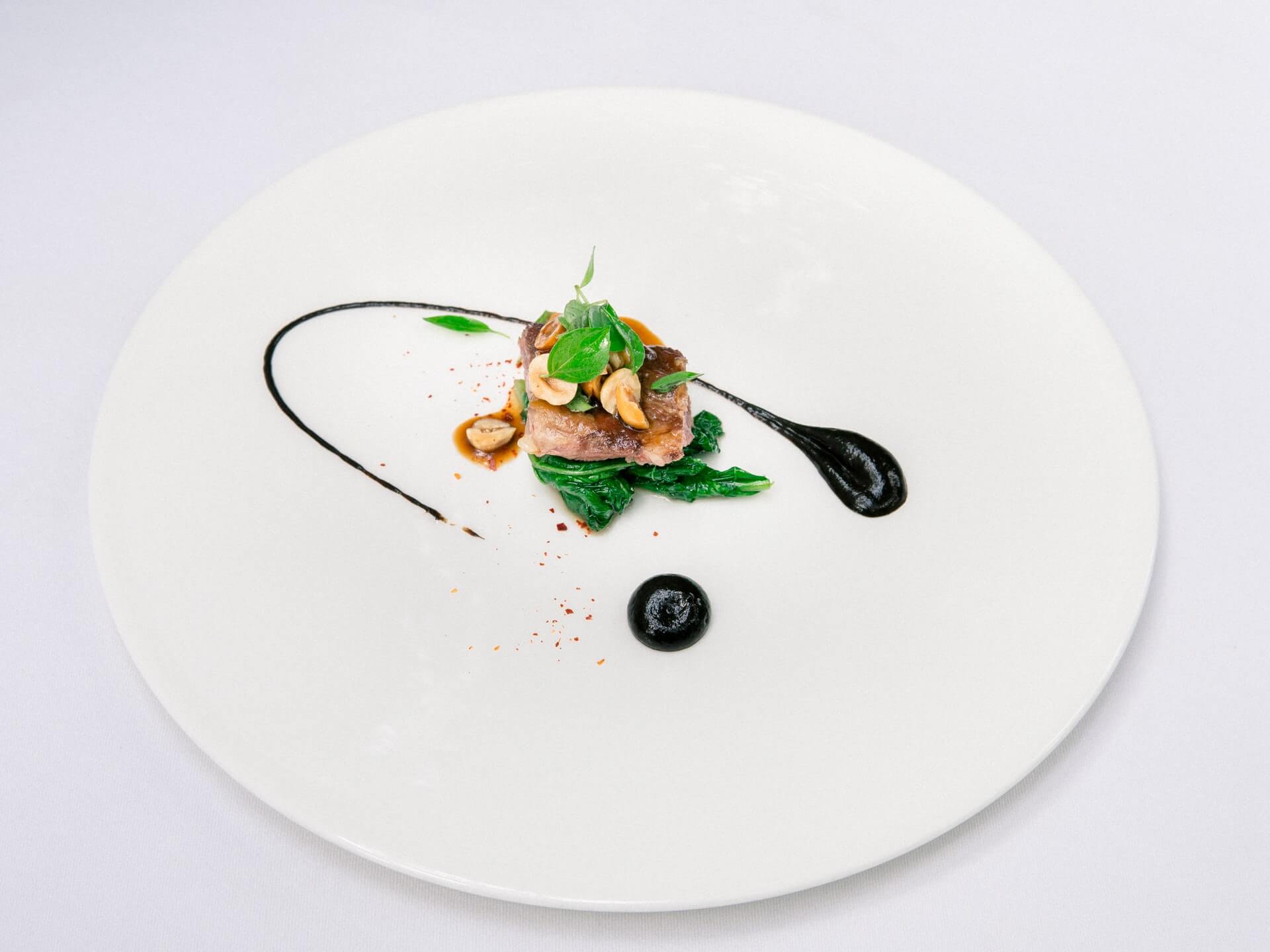
Just a week away from their big 2022 reveal, numbers 51 through 100 of the World’s 50 Best Restaurants is now available.
As one expects, these restaurants represent the pinnacle of dining. The 2022 list also represents a number of changes in comparison to 2021.
For example, a number of restaurants in the Middle East are among this year’s 51 to 100 rankings. Notably, these restaurants were not included on last year’s list. In fact, nearly half of the restaurants are new entries on the 51 to 100 list.
Additionally, the 2022 list represents six continents. This year, four “new” countries and a sovereign island city-state make the 51 to 100 rankings:
- Argentina
- China
- Germany
- Singapore
- UAE
The regional breakdown is as follows:
- Asia: 14 restaurants
- Europe: 13 venues
- North America: 11 concepts
- Middle East: 2 restaurants
- Africa: 2 concepts
- Oceania: 1 venue
- South America: 7 restaurants
Just six American restaurants are on the list. Three are in New York, two in San Francisco, and one is in Chicago. Disappointingly, zero Canadian restaurants are among the 51 to 100 rankings.
Restaurants one through 50 will be revealed on Monday, July 18. Numbers 51 to 100 of the World’s 50 Best Bars will be revealed Tuesday, September 27.
The World’s 50 Best Restaurants 2022: 51 to 100
- Alcalde (Guadalajara, Jalisco, México)
- Sud 777 (Ciudad de México, México)
- D.O.M. (São Paulo, SP, Brazil)
- Lyle’s (London, England)
- Azurmendi (Larrabetzu, Biscay, Spain)
- La Colombe (Cape Town, Western Cape, South Africa)
- Trèsind Studio (Dubai, UAE)
- Alléno Paris au Pavillon Ledoyen (Paris, France)
- Sazenka (Tokyo, Japan)
- Rosetta (Ciudad de México, México)
- La Grenouillère (La Madelaine-sous-Montreuil, France)
- Ernst (Berlin, Germany)
- Chef’s Table at Brooklyn Fare (New York, NY, USA)
- Fu He Hui (Shanghai, People’s Republic of China)
- Le Du (Bangkok, Thailand)
- Sühring (Bangkok, Thailand)
- Evvai (São Paulo, SP, Brazil)
- Kjolle (Barranco, Lima, Perú)
- Cosme (New York, NY, USA)
- Zén (Singapore)
- Mingles (Seoul, South Korea)
- Atelier Crenn (San Francisco, CA, USA)
- Kol (London, England)
- Blue Hill at Stone Barns (Pocantico Hills, Mount Pleasant, NY, USA)
- Samrub Samrub (Bangkok, Thailand)
- Neighborhood (Hong Kong)
- Table by Bruno Verjus (Paris, France)
- Lasai (Rio de Janeiro, RJ, Brazil)
- Estela (New York, NY, USA)
- AM par Alexandre Mazzia (Marseille, France)
- Brat (London, England)
- Sézanne (Tokyo, Japan)
- El Chato (Bogotá, DC, Colombia)
- Gimlet at Cavendish House (Melbourne, Victoria, Australia)
- Raan Jay Fai (Bangkok, Thailand)
- Mikla (Beyoğlu/İstanbul, Turkey)
- Orfali Bros Bistro (Dubai, UAE)
- Mishiguene (Buenos Aires, Argentina)
- Máximo Bistrot (Ciudad de México, México)
- Wolfgat (Paternoster, Western Cape, South Africa)
- Oriole (Chicago, IL, USA)
- Indian Accent (New Delhi, Delhi, India)
- Hertog Jan at Botanic Sanctuary (Antwerp, Belgium)
- Burnt Ends (Singapore)
- Meta (Singapore)
- Maní (São Paulo, SP, Brazil)
- Benu, San Francisco, CA, USA)
- Tantris (München, Germany)
- Flocons de Sel (Megève, France)
- Wing (Hong Kong)
*Bold denotes new entry
Image: Delightin Dee on Unsplash

